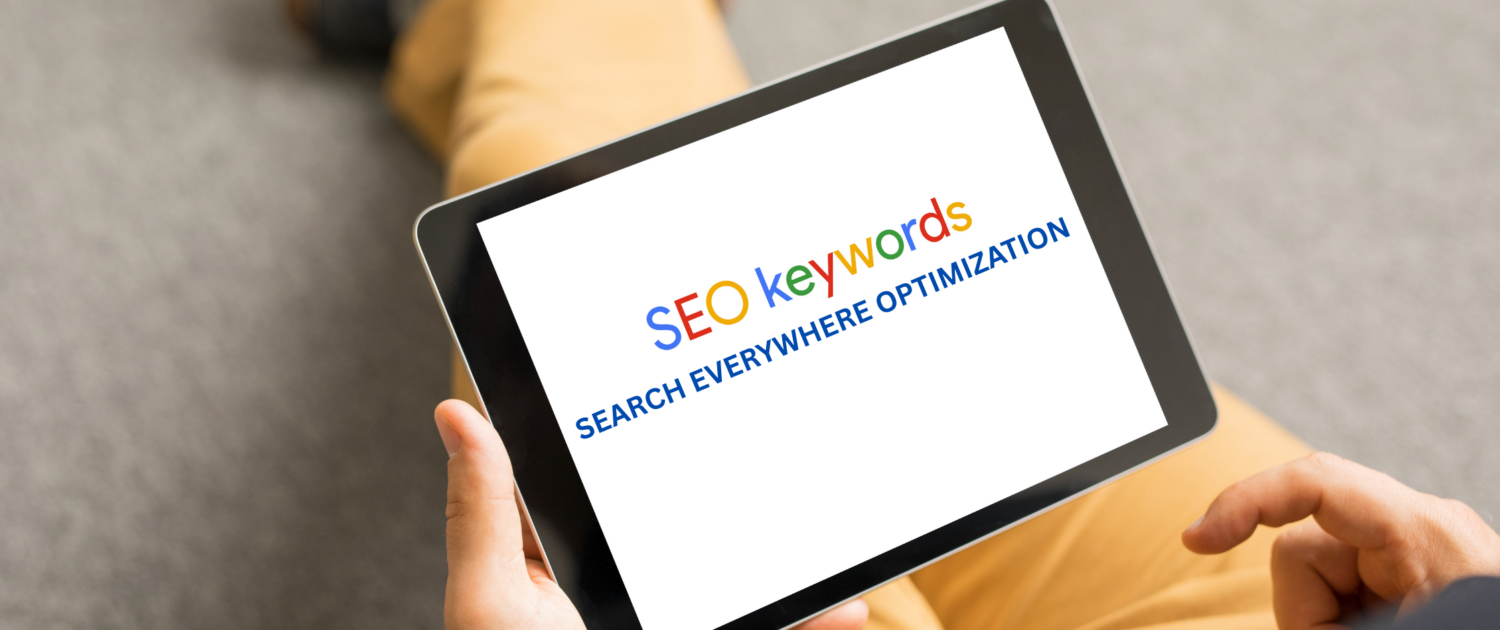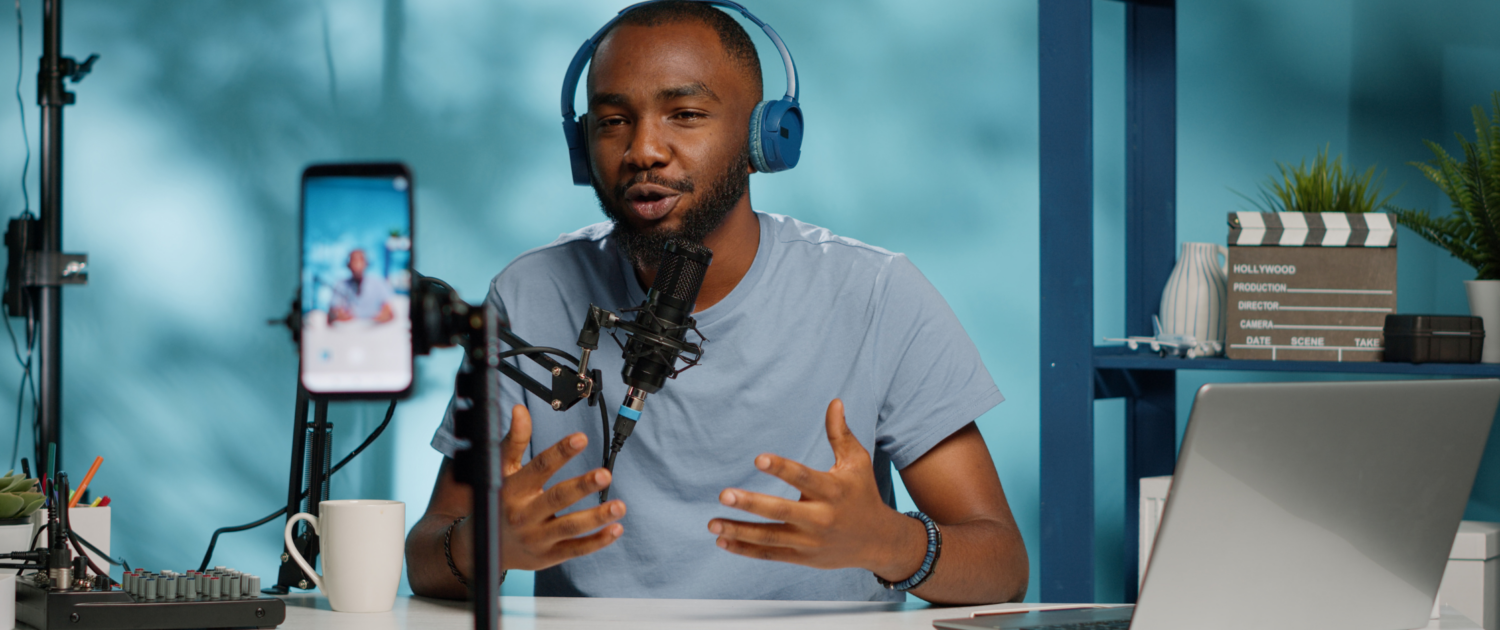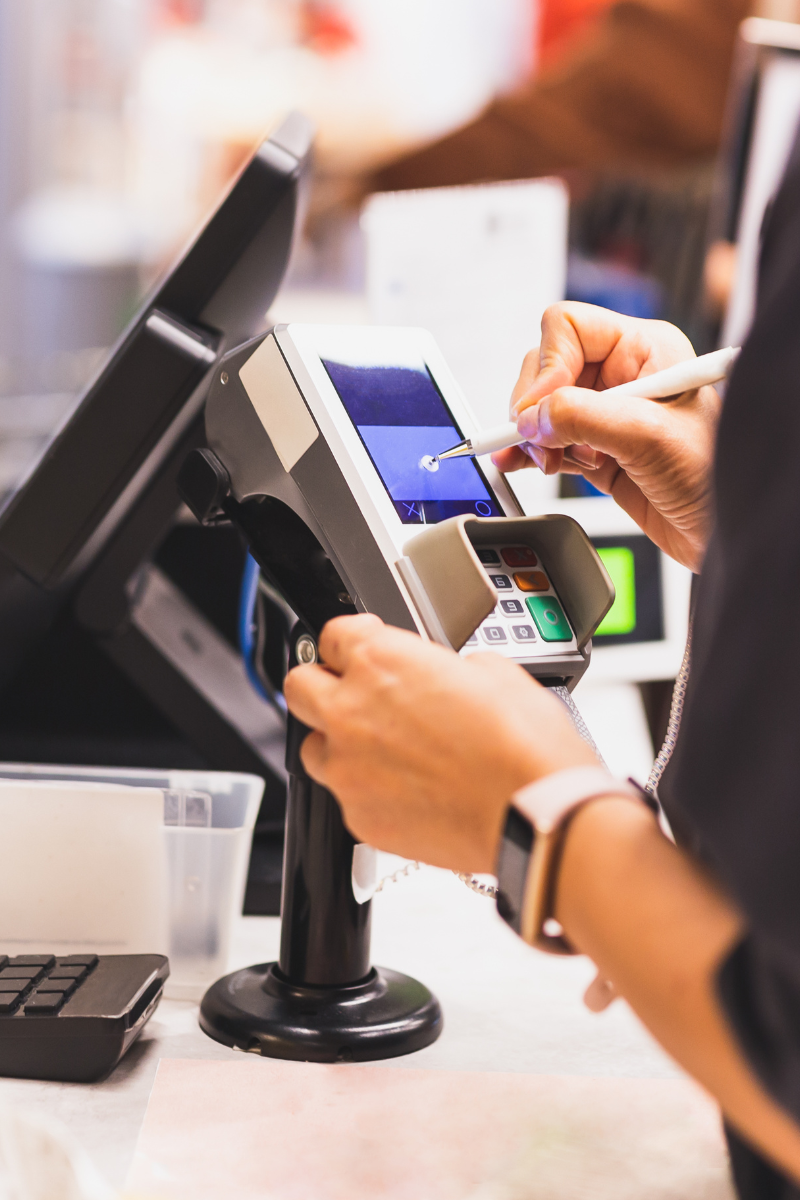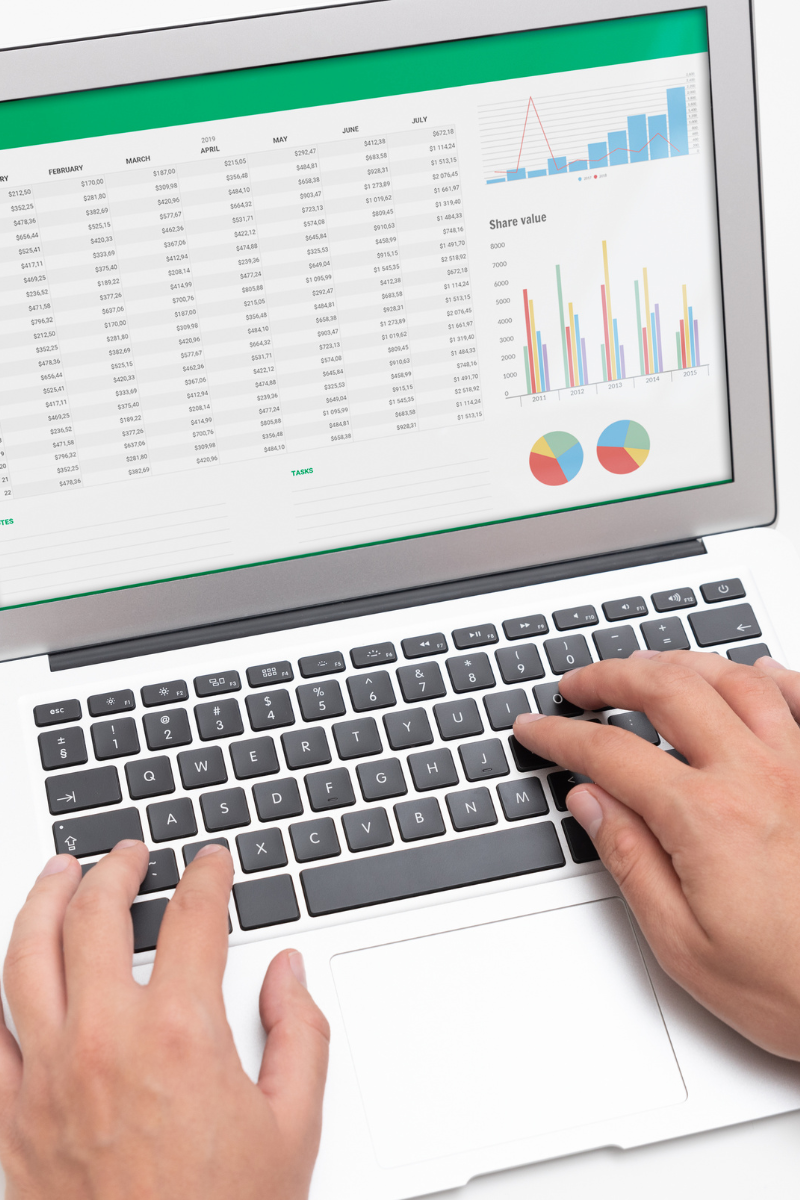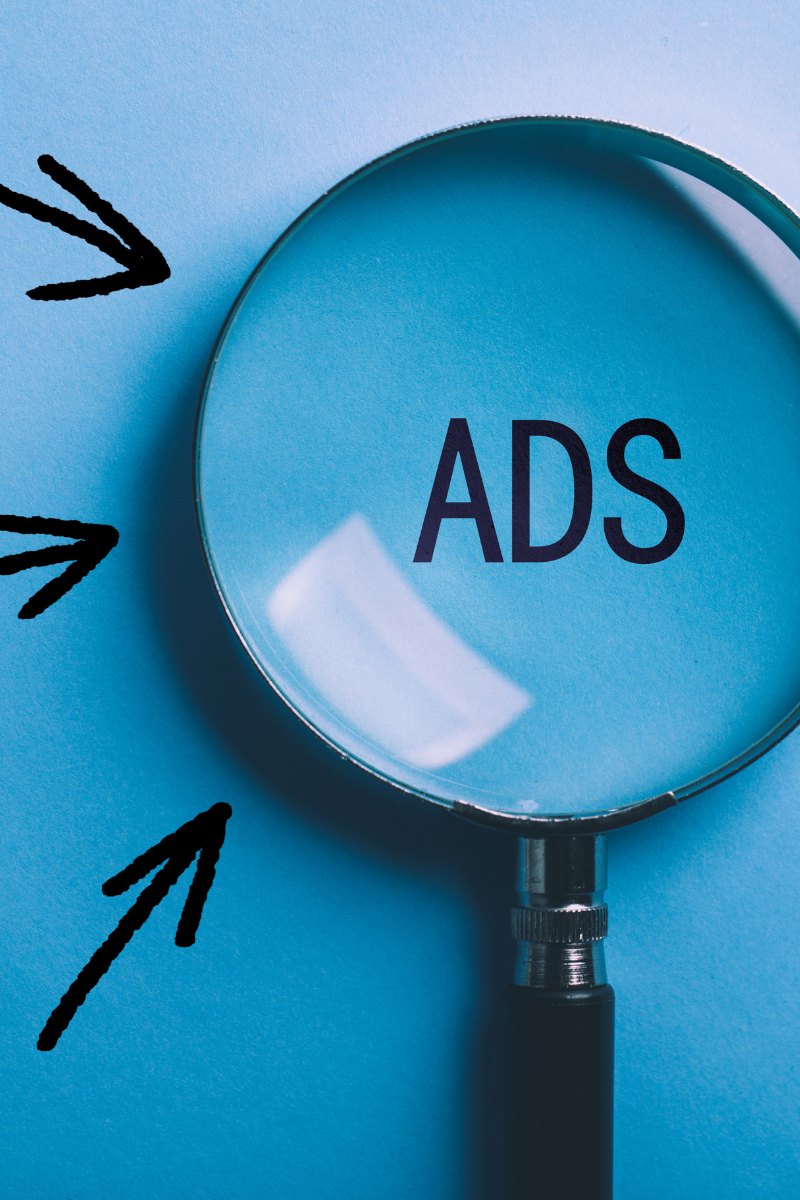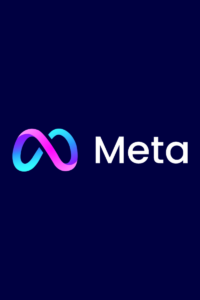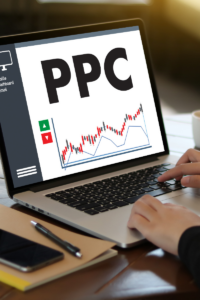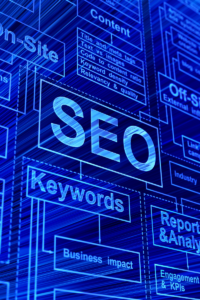Top 6 Digital Marketing Trends for 2025
Digital marketing in 2025 isn’t just evolving—it’s transforming the way brands build genuine connections with their audiences. While foundational elements like AI, personalization, and data analytics remain pivotal, exciting new trends are redefining the digital landscape at a remarkable speed. For marketers and business owners, understanding these emerging strategies is critical to crafting campaigns that not only resonate but also deliver measurable, impactful results.
A LOT has changed in the fast-paced digital marketing landscape in the past few months alone. As we step further into 2025, it’s crucial for marketers to stay ahead by understanding emerging trends and leveraging them strategically. Here, we outline five key digital marketing trends set to dominate 2025, ensuring your marketing strategy remains effective and competitive.
1. AI Platform Optimization Takes Center Stage
AI has drastically changed consumer search behaviors. By 2024, nearly 30% of users have turned to AI platforms like ChatGPT for quick answers. Companies can no longer rely solely on traditional search engines; they must optimize content to appear in AI-driven queries.
Actionable Step: Produce AI-friendly content by clearly answering specific queries in a structured, conversational manner to increase visibility on AI platforms.
2. From SEO to Search Everywhere Optimization
Traditional SEO has long been synonymous with Google. However, there’s a growing shift in how people use social platforms—apps like TikTok and Facebook Marketplace are no longer just for socializing. Today, 24% of users turn to these platforms for search-related activity traditionally done on engines like Google, and 13% are making purchases directly within the apps. This evolution highlights a critical need for businesses to treat social media as both a discovery engine and a conversion channel in their digital marketing strategy. Welcome to “Search Everywhere Optimization,” a strategy that optimizes content for multiple platforms, including YouTube, TikTok, Instagram, and Amazon. It’s about leading in a world where attention is fragmented across multiple platforms. Brands with strong omnichannel marketing see an average engagement rate nearly 250% higher than single-channel counterparts. This integrated approach ensures your brand meets consumers at every potential digital touchpoint. Read more on SEvO here.
Pro Tip: Diversify your keyword strategy and optimize metadata uniquely for each platform to maximize visibility.
3. Diversified Content Creation
Though video and text content remain popular, 2025 signals a strategic shift towards webinars, case studies, live streams, email newsletters, and podcasts. These content formats offer stronger ROI potential by engaging audiences more deeply and directly influencing purchase decisions.
Insight: Webinars and case studies showcase your brand’s expertise, while podcasts and live streams build stronger community connections.
4. Micro-Influencers Continue to Thrive
While hiring celebrities and macro-influencers might seem appealing, studies have shown the ROI for influencers with over 500,000 followers is negative (-12.04%). Conversely, micro-influencers (under 100,000 followers) deliver a significant ROI of around 36.71%. Consumers increasingly trust relatable figures, making micro-influencers an invaluable asset.
Takeaway: Focus your influencer marketing on authenticity and niche audiences to enhance credibility and return.
5. Purpose-Driven Content Strategy
Historically, content strategies prioritized driving traffic or building social engagement, but 2025 demands a clearer alignment with revenue goals. Long-form videos and detailed case studies are proven to significantly influence purchasing decisions, whereas podcasts and short-form videos excel at raising brand awareness.
Best Practice: Clearly define your content objectives—awareness or conversions—and produce content types accordingly to meet your business goals.
6. Enhanced User Privacy and Ethical Marketing
With rising consumer concerns about data privacy, marketers must prioritize transparent and ethical practices. Regulations and user expectations around data privacy are becoming more stringent, prompting brands to adopt transparent data collection methods, clear privacy policies, and permission-based marketing strategies.
Key Action: Build trust and loyalty by clearly communicating your data practices and empowering consumers with choices regarding their personal information.
Stay Ahead with Onimod Global
With two decades of experience, Onimod Global is a data-driven agency that understands that adapting to digital marketing trends is critical to success. Our experts stay ahead of these shifts, ensuring your business remains competitive and relevant. Whether it’s refining your SEO strategy, connecting with micro-influencers, diversifying your content, optimizing for AI platforms, or aligning your content with clear objectives, we’ve got you covered.
Contact us today to learn how we can elevate your digital marketing strategy in 2025 and beyond.
Quick Reference Q&A
Q1: What is Search Everywhere Optimization? A1: Search Everywhere Optimization is a broader approach to traditional SEO, involving optimizing content for multiple platforms beyond Google, such as TikTok, Instagram, Amazon, and YouTube.
Q2: Why are micro-influencers important in 2025? A2: Micro-influencers deliver higher ROI and greater audience trust compared to larger influencers. Their authentic engagement with niche audiences makes them essential for effective influencer marketing.
Q3: Which content types have the highest ROI potential? A3: Webinars, case studies, live streams, email newsletters, and podcasts have emerged as content formats offering the highest ROI by deeply engaging audiences and influencing purchase decisions.
Q4: Why is AI optimization crucial for digital marketing? A4: AI optimization is crucial because a significant percentage of users now use AI-driven platforms like ChatGPT for information searches, requiring businesses to adapt their content strategies accordingly.
Q5: What is purpose-driven content strategy? A5: Purpose-driven content strategy involves creating content specifically aligned with business objectives, clearly distinguishing between content designed to drive awareness and content intended to drive conversions.
Q6: How can brands build consumer trust around data privacy? A6: Brands can build consumer trust by adopting transparent data collection practices, clear privacy policies, and permission-based marketing strategies, empowering consumers with control over their data.


